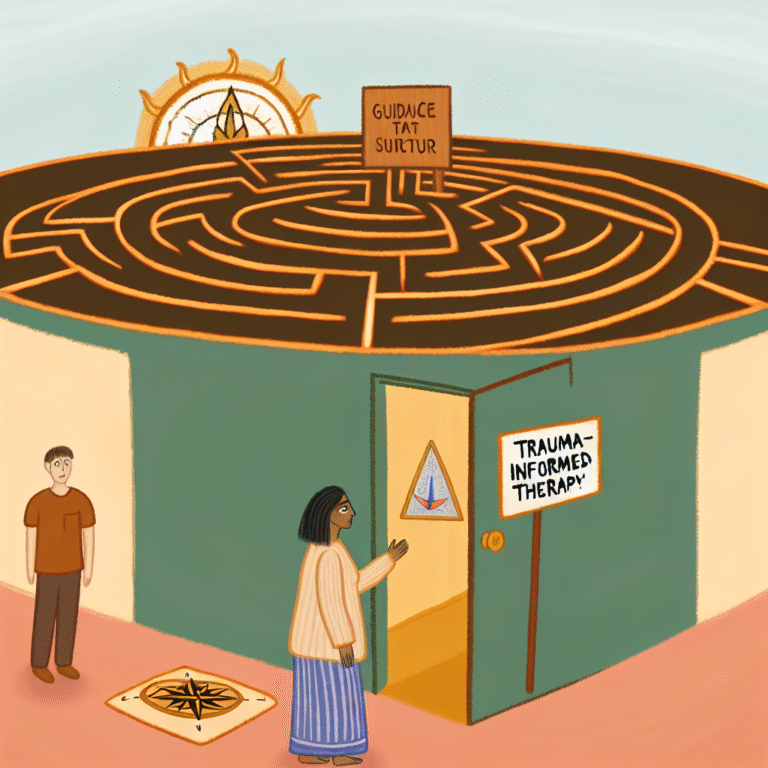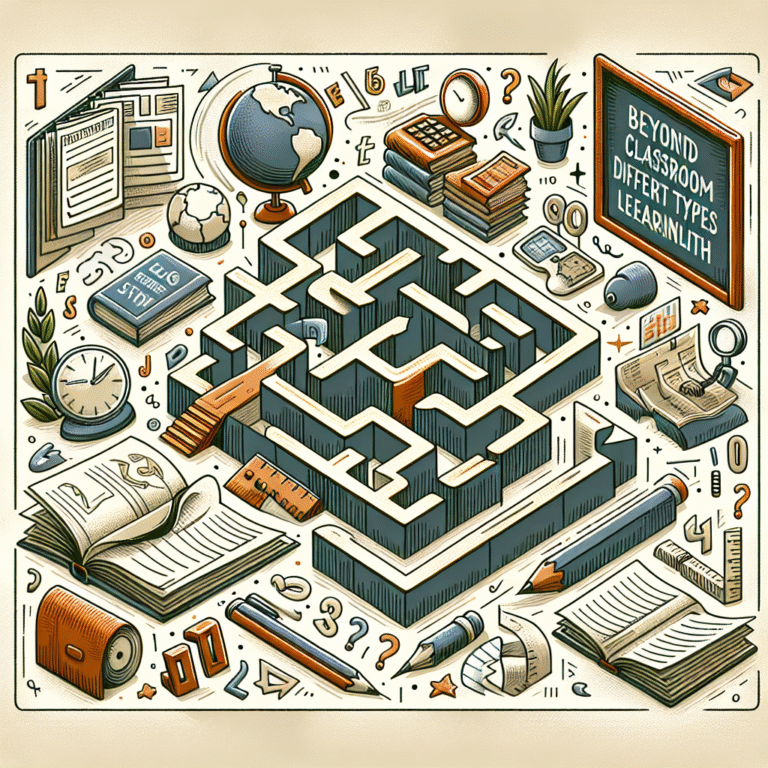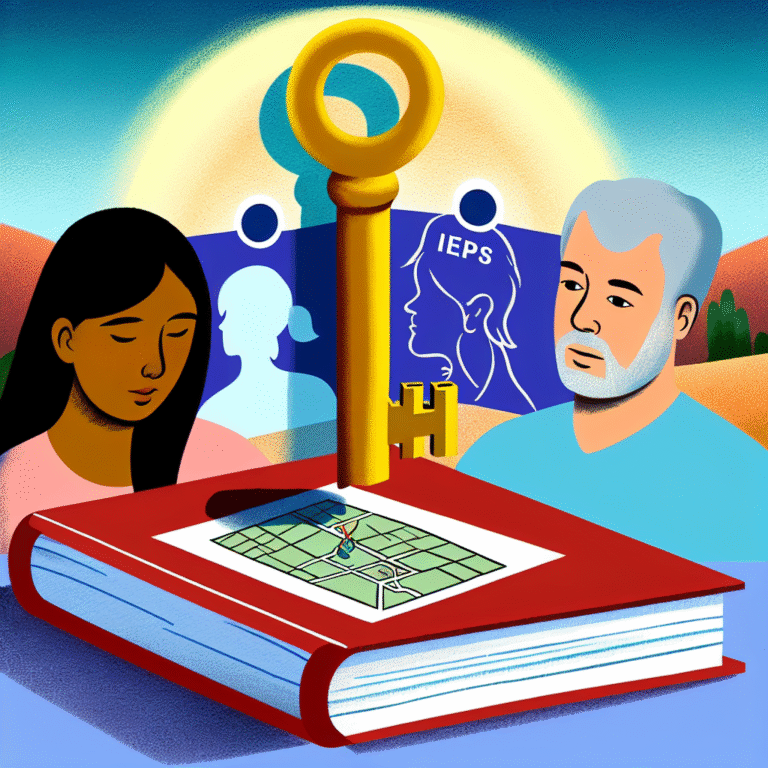
A Day in the Life: Managing Anxiety Through Routine – The Essential Guide to Finding Peace
Introduction
Imagine waking up each day with a sense of purpose and clarity. Picture a tranquil life where anxiety no longer holds you captive but rather, is managed effectively through the power of routine. In today’s fast-paced world, where stress and anxiety seem to loom around every corner, establishing a structured routine can be a game-changer. This article delves into A Day in the Life: Managing Anxiety Through Routine, offering insights, practical tips, and relatable case studies to illustrate how you can transform your daily life for the better.
Understanding Anxiety and Its Impact
Before diving into routines, it’s crucial to understand anxiety and its disruptions. Anxiety can manifest in various forms, including generalized anxiety disorder, panic attacks, and social anxiety. Each type affects individuals differently but commonly leads to emotional and physical tolls, including:
- Restlessness
- Difficulty concentrating
- Trouble sleeping
- Physical symptoms like heart palpitations
The World Health Organization reports that anxiety disorders are among the most common mental health issues globally, affecting millions. The importance of managing anxiety through effective strategies cannot be overstated, which leads us to this inquiry: How can a structured routine revolutionize our approach to anxiety?
The Science Behind Routine and Mental Health
More than just a series of organized actions, routine has psychological benefits supported by research. Establishing a daily schedule can contribute to feelings of control and predictability. According to a 2021 study published in the American Journal of Psychiatry, consistent routines can alleviate anxiety symptoms by providing:
- Stability
- Clarity
- Reduced decision fatigue
These factors help mitigate the overwhelming feelings that often accompany anxiety. By incorporating routines into our daily lives, we harness the power of predictability and control, reducing the chances of anxiety spiraling out of hand.
A Day in the Life: Structuring Your Routine
Creating a daily routine tailored to your needs is vital for effectively managing anxiety. Let’s walk through a day designed not only for productivity but also for mental well-being.
Morning Routine: The Launchpad for Success
Rise and Shine – Setting the Tone
Start your day with intention. A well-structured morning routine can set a positive tone for the rest of the day. Consider the following components for your morning routine:
- Wake Up Early: Give yourself ample time to wake up without rushing.
- Mindfulness or Meditation: Spend 5-10 minutes meditating to ground your thoughts.
- Physical Activity: Engage in light stretching or a brisk walk to boost endorphins.
- Healthy Breakfast: Nourish your body with a balanced meal to fuel your day.
Case Study: Sarah’s Morning Transformation
Sarah, a 28-year-old marketing executive, struggled with anxiety that often escalated in the mornings. By adopting a structured morning routine consisting of meditation, yoga, and a healthy breakfast, she reported a significant reduction in anxiety levels. The predictability of her morning helped her feel more in control, setting a positive precedent for her day.
Midday Routine: Staying Engaged
The Importance of Breaks
Amid a busy day, taking breaks is essential for mental health. Consider structuring your midday like this:
- Scheduled Breaks: Every hour, take a 5-minute break to stretch or breathe deeply.
- Hydration and Nutrition: Keep a water bottle and healthy snacks at your desk.
- Mindful Lunch: Step away from work to enjoy a nutritious lunch without distractions.
Case Study: Tom’s Lunchtime Mindfulness
Tom, a 35-year-old teacher, used to eat lunch at his desk, which heightened his anxiety. By dedicating time for a mindful lunch away from work, he noticed that his afternoon energy improved, along with his overall mood.
Evening Routine: Winding Down
Creating Restful Evening Habits
Your evening routine is just as crucial for managing anxiety. A balanced night routine can promote better sleep and relaxation. Here are some tips:
- Digital Detox: Turn off screens at least an hour before bed.
- Calming Activities: Read a book, practice gentle yoga, or listen to soothing music.
- Sleep Hygiene: Create a calm sleep environment—dark, cool, and quiet.
Case Study: Julia’s Enhancements in Sleep Quality
Julia, a university student, faced anxiety that impacted her sleep. After implementing a calming evening routine and avoiding screens, she observed substantial improvements in her sleep quality, making her waking hours more productive.
Tracking Your Progress: Tables and Journals
In managing anxiety through routine, tracking your progress can be incredibly beneficial. Consider maintaining a journal or table to record daily activities, mood levels, and any triggers experienced.
| Day | Morning Routine | Midday Breaks | Evening Routine | Mood Level (1-10) | Anxieties/Triggers |
|---|---|---|---|---|---|
| Monday | Yes | Yes (3 breaks) | Yes | 7 | Work deadline |
| Tuesday | No | Yes (2 breaks) | No | 4 | Social event |
| Wednesday | Yes | Yes (4 breaks) | Yes | 6 | Family conflict |
Keeping such a log can help identify patterns and understand how your routine can impact your anxiety levels over time.
Tips for Sticking to Your Routine
Implementing a routine is one thing, but sticking to it is another challenge entirely. Here are some tactics to ensure you remain consistent:
- Set Realistic Goals: Start small; it’s better to have a consistent 15-minute routine than an overambitious hour-long schedule you can’t stick to.
- Be Flexible: Allow for adaptation; life can be unpredictable. Don’t feel guilty if things don’t always go as planned.
- Accountability Partners: Share your goals with a friend or family member who can support your journey.
Conclusion
In conclusion, managing anxiety through structured routines is not merely a theory but a practice backed by science and real-world success. By segmenting your day into mindful phases—morning, midday, and evening—you work towards reclaiming control over your anxiety. Remember, success lies in consistency and adaptability. Each day presents an opportunity to fine-tune your routine, making it a powerful tool in managing anxiety effectively.
Embrace A Day in the Life: Managing Anxiety Through Routine, and inspire others by sharing your journey. Take that first step today, because every little change adds up to significant results.
FAQs Section
1. How long does it take to see results from establishing a routine?
Results can vary but many individuals report noticeable improvements within a few weeks of consistent routine implementation.
2. What if I miss a day of my routine?
It’s normal to miss a day. The key is to be kind to yourself and get back on track without self-judgment.
3. Can routines feel restrictive?
It’s essential to create a routine that serves you, not confines you. Tailor it to your needs and often reassess to maintain a sense of flexibility.
4. How do I personalize my routine for anxiety management?
Consider your specific triggers and lifestyle. Incorporate activities that bring you joy and relaxation while maintaining a structured approach.
5. Is it okay to change my routine regularly?
Absolutely! Regular adjustments based on your experiences can help keep your routine effective and engaging.
By following these insights and strategies, you’re not just managing anxiety, you’re mastering it. Embark on this empowering path today—it’s time to thrive, not just survive.















